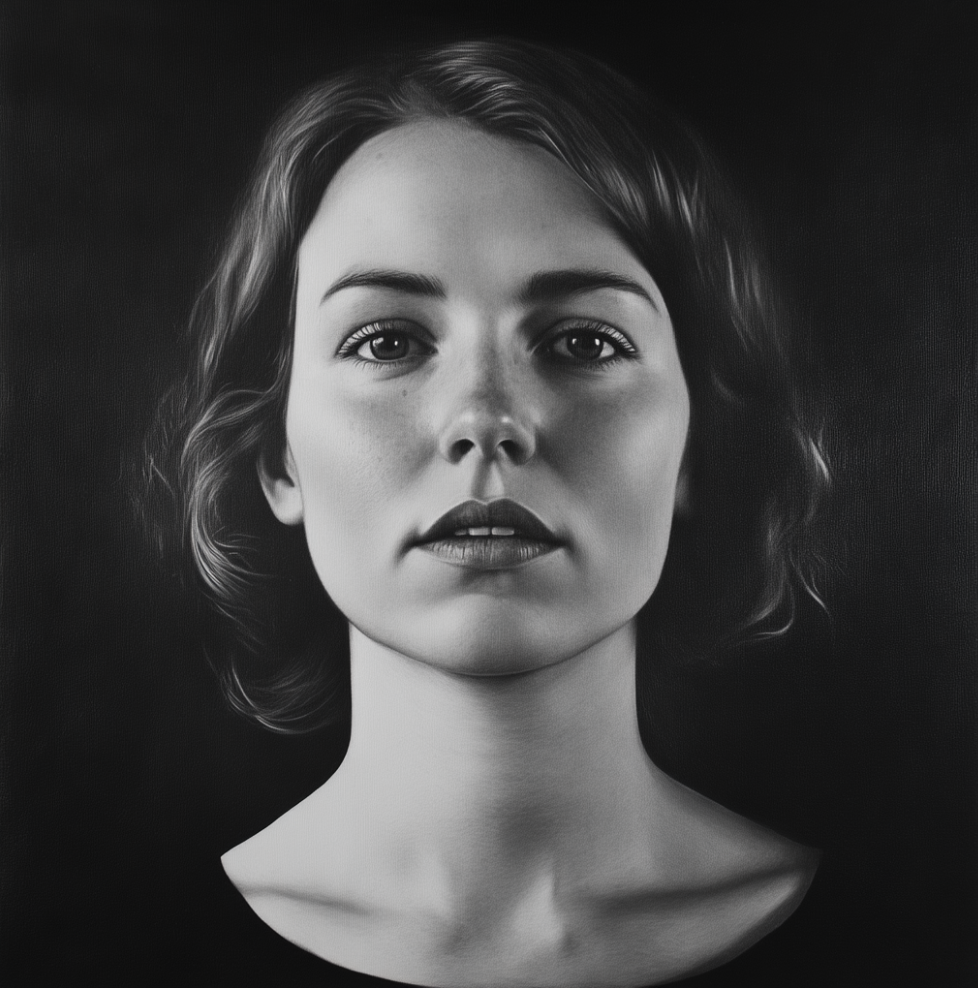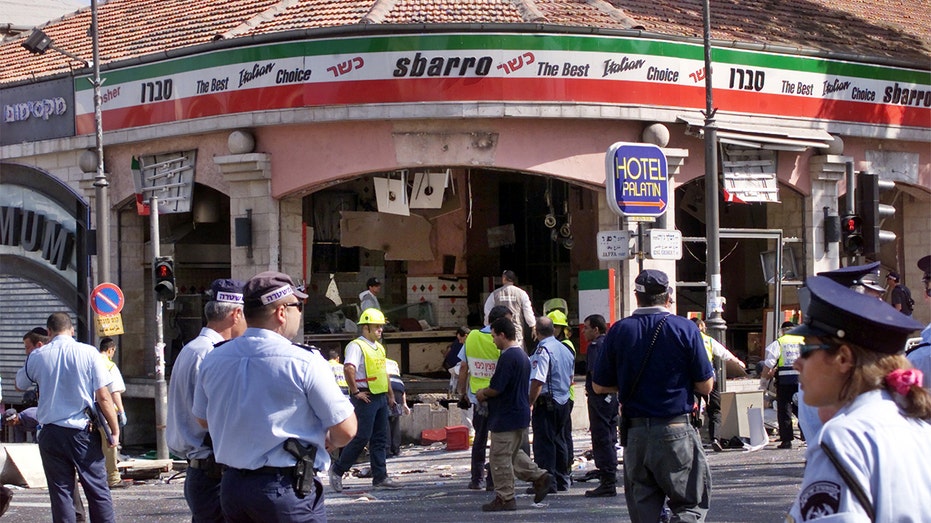Centuries-Old Graffiti Unveiled in Jerusalem's Last Supper Room

Sarah Johnson
April 21, 2025
Brief
Centuries-old graffiti, including medieval inscriptions and rare pilgrim marks, have been discovered in Jerusalem’s Cenacle, shedding new light on the diverse visitors to the Last Supper site.
Jerusalem's Room of the Last Supper just got a little more mysterious. Archaeologists have revealed a treasure trove of centuries-old graffiti, discovered in the Cenacle on Mount Zion, the site long believed to host Christianity's famous Last Supper. These findings, announced right on cue for Easter, offer a peek into the ancient visitors who once left their mark—literally—on this sacred space.
The Cenacle, constructed by Crusaders in the 12th century, has served as a pilgrimage site since at least the 4th century. Now, thanks to the Austrian Academy of Science and the Israel Antiquities Authority, about 40 pieces of graffiti—ranging from coats of arms to cryptic scrawls—have come to light. Some are clearly medieval, while others stretch across a diverse timeline.
Among the more eye-catching discoveries: coats of arms, inscriptions in ancient scripts, and even a drawing of a scorpion—dating to the period when Suleiman the Magnificent converted the hall into a mosque in 1523. The international flavor is strong, with pilgrims from Serbia, the Czech Republic, Germany, Armenia, and Syria all represented in the wall art. But it turns out, the majority of the graffiti was created by Arabic-speaking Christians, proving that spiritual tourism was the original global travel trend.
One particularly quirky find is a depiction of the Last Supper itself, hovering above a German coat of arms. It shows a goblet, a platter, and a round piece of bread with a hole in the center—eerily reminiscent of a Jerusalem bagel. Who knew bagels had a sacred cameo?
Researchers also discovered an Armenian inscription reading "Christmas 1300," and an Arabic phrase, "ya al-Ḥalabīya." The double use of a feminine suffix in the latter led experts to conclude it was left by a female Christian pilgrim from Aleppo—an exceptionally rare trace of pre-modern female pilgrimage in the region.
To analyze the delicate marks, scientists employed advanced multispectral photography and Reflectance Transformation Imaging, merging the two techniques digitally to make these hidden messages readable. According to historian Ilya Berkovich, the graffiti demonstrates a surprising diversity of origins among the pilgrims, challenging the notion that Westerners were the main visitors.
This latest discovery joins a string of recent Christianity-related archaeological finds in the region, including evidence of a biblical-era garden near the Church of the Holy Sepulchre and even the earliest known Christian inscription north of Italy, dating back to the third century.
Topics
Editor's Comments
Honestly, if ancient pilgrims had Instagram, this room would have been tagged to oblivion. It’s wild to realize that, centuries before social media, people were already itching to leave their mark on history—sometimes with a bagel doodle, sometimes with a cryptic scorpion. Makes you wonder what future archaeologists will say about our bathroom graffiti.
Like this article? Share it with your friends!
If you find this article interesting, feel free to share it with your friends!
Thank you for your support! Sharing is the greatest encouragement for us.



